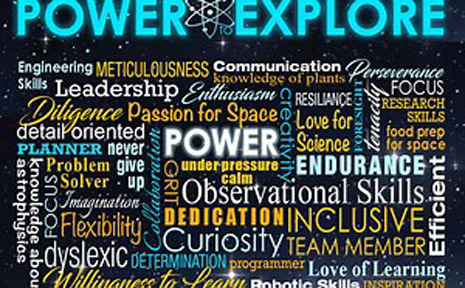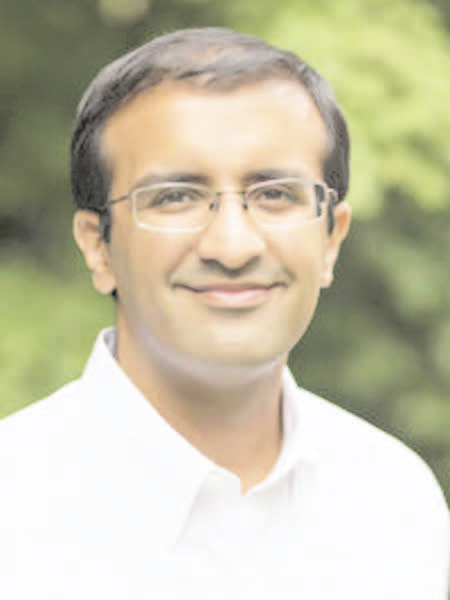
HOUSTON, TX (TIP): Aadya Karthik, an Indian American student from Redmond, Washington, is one of nine finalists selected by the National Aeronautics and Space Administration (NASA) in the ‘Power to Explore Challenge.’ The national competition for K-12 students featuring the enabling power of radioisotopes offers students the opportunity to learn more about these reliable power systems, celebrate their own strengths, and interact with NASA’s diverse workforce.
In an essay titled “Destiny: A Journey of Resilience,” Karthik explored the legacy left behind by Cassini, a spacecraft that focused on exploring Saturn’s moons.
“In September 2017, after making many fascinating discoveries, the Cassini spacecraft plunged into Saturn’s atmosphere, never to be heard from again,” she wrote. “However, Cassini’s legacy lives on, as its discoveries are still studied by the scientific community, particularly the research it conducted on Saturn’s many moons.”
“Saturn’s fifth largest moon, Tethys, is composed largely of water-ice. During a Cassini flyby in 2015, mysterious red arcs were spotted on the moon’s surface, their origin unknown. Similar features have been observed on Jupiter’s moon Europa, which could potentially host life, hinting at some connection between the two moons,” Karthik noted. “To investigate this mystery,” she proposed, “my flyby spacecraft, named Destiny, will attempt to understand the origin and composition of these arcs using a spectrometer and camera system operating in the visible to infrared ranges.”
“Comparing this data with similar figures from Europa could reveal a relationship between the two moons. Like Cassini, Destiny will use gravity assists of Venus, Earth, and Jupiter to reach Saturn in 7 years. To survive in the dark environment near Tethys where solar illumination is 1/100th that on Earth, Destiny will use an MMRTG, a type of RPS, as an efficient and durable power source,” Karthik wrote.
“Like RPS, I strive to be resilient, regardless of what challenges come my way,” Karthik wrote. “For any space mission, resilience is key, as challenges are bound to arise. My perseverance will help me devise creative solutions to these obstacles, leading Destiny through a successful mission. After all, resilience evokes the power to explore,” she concluded.
Announcing the finalists on the occasion of the total solar eclipse, NASA astronaut and former mariner Stephen Bowen congratulated them for their innovative ideas and explained how a solar eclipse limited explorations due to power outage.
Commenting on the challenge in a video, he said, “It was an opportunity for students to share missions they believed could be enhanced or made possible by radioisotope power systems. Congratulations to all our finalists in the Power to Explore contest. Remember, with radioisotope power systems, “No sun, no problem. We can go anywhere.”
The winners will be announced on April 17. One grand prize winner from each grade category (three total) will receive a trip for two to NASA’s Glenn Research Center in Cleveland, to learn about the people and technologies that enable NASA missions.
Every student who submits an entry will receive a digital certificate and an invitation to a virtual event with NASA experts where they’ll learn about what powers the NASA workforce to dream big and explore.
This year’s contest received 1,787 submitted entries from 48 states and Puerto Rico.





Be the first to comment